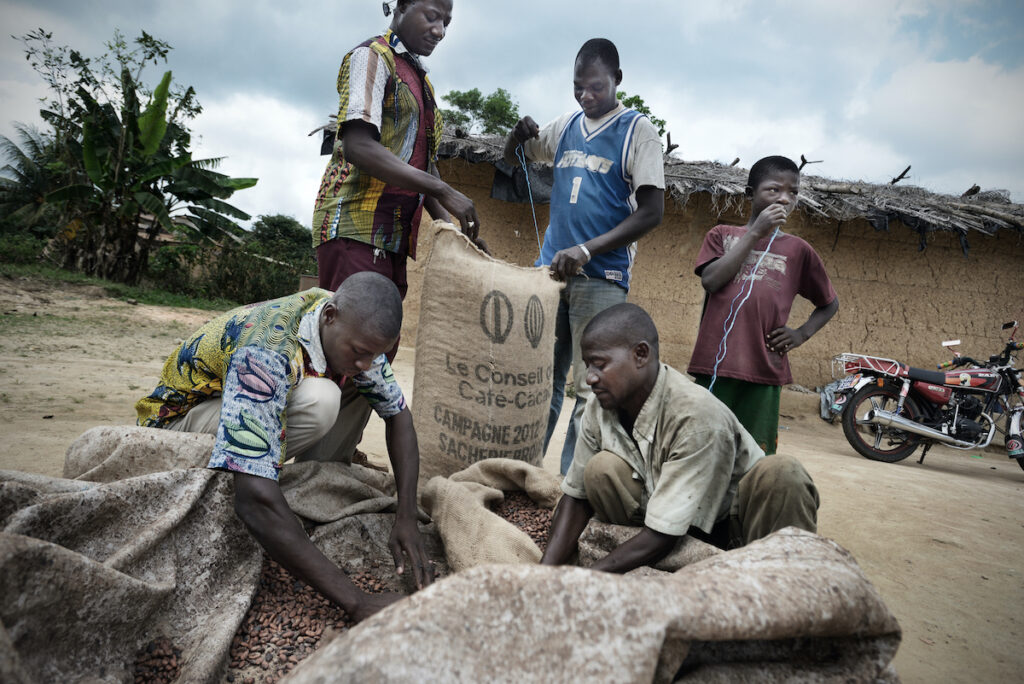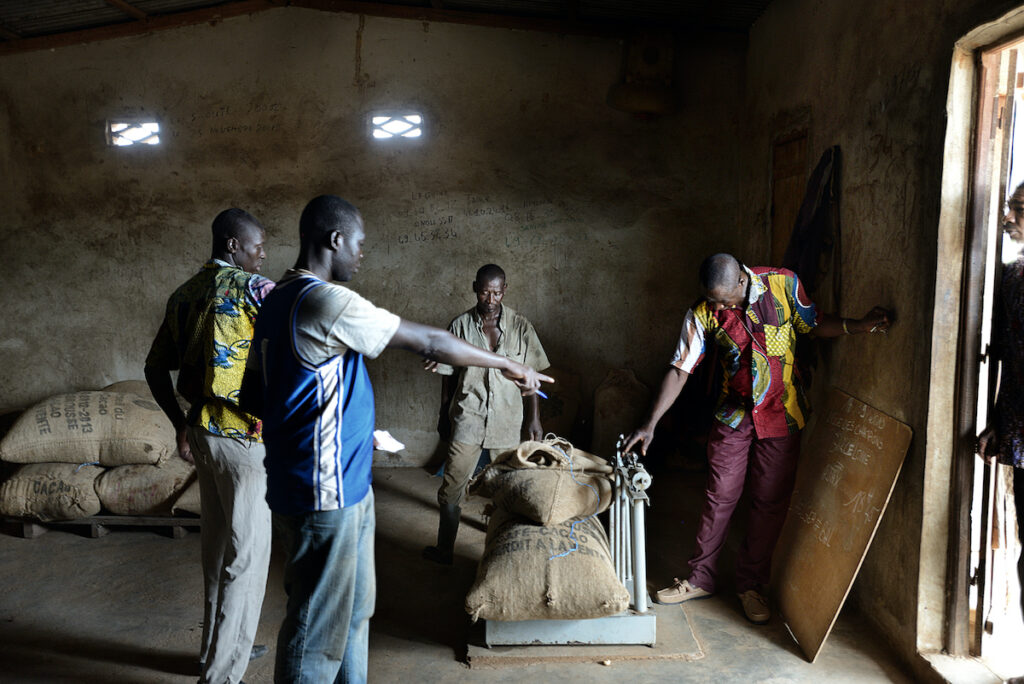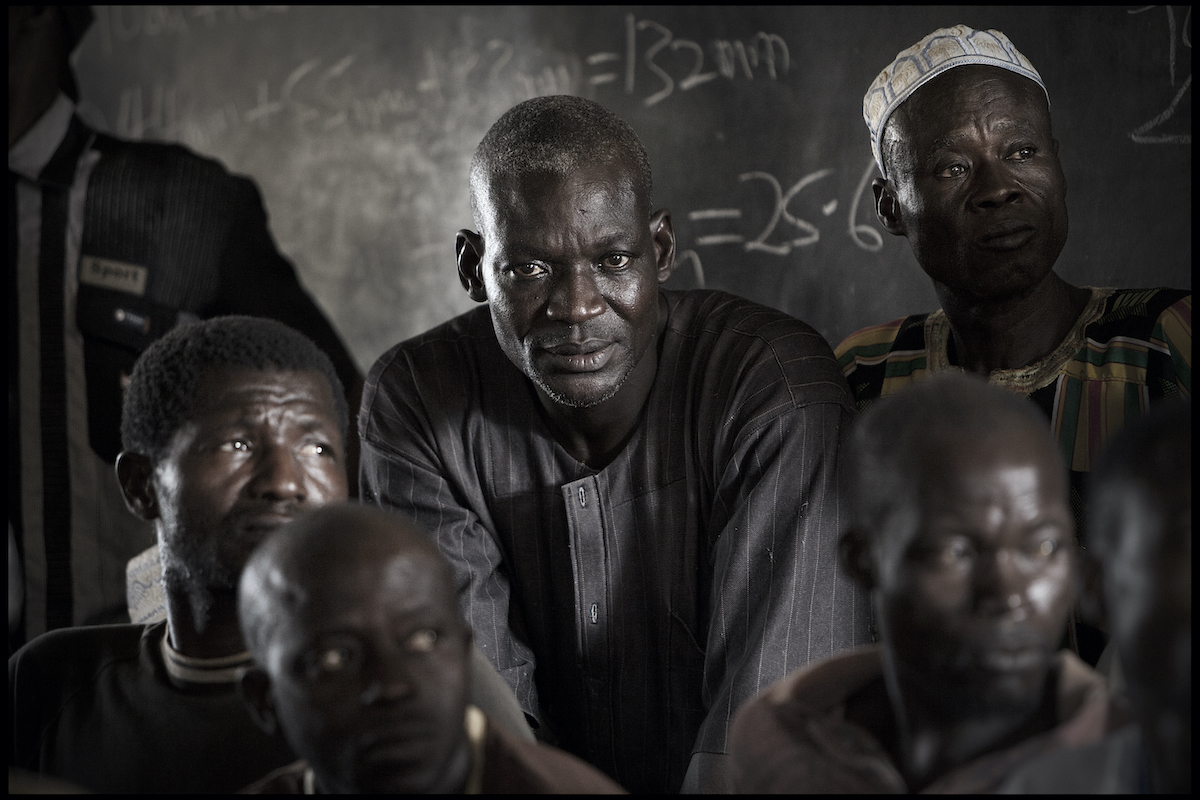What is the Living Income Reference Price?
Fairtrade’s LIRPs were first established for cocoa in 2018 and later revised in 2019 using new Living Income data from the Living Income Community of Practice. Fairtrade worked closely with Tony’s Chocolonely to align on the assumptions underlying the price model and to agree on a LIRP for Ghana and Côte d’Ivoire.
The LIRP was created to provide a standard for responsible purchasing practices. It indicates the farm gate price that a farmer must receive to be able to sustainably invest in his/her farm, and ensure a living income for the household, when achieving the target yield. However, the LIRP does not guarantee a living income for all farmers, as this depends on the farmers’ land and yields, and most of them have small farms and low yields.
With an unprecedented rise in market prices by over 300 percent in just 16 months and the value of a kilogram now being more than $11 USD, the governments of Ghana and Côte d’Ivoire significantly increased farm-gate prices last year: from $2.06 to $3.06 per kg in Ghana, and from $1.71 to $3.09 in Côte d’Ivoire. But these higher farm gate prices still remain well below what most farmers need to achieve a living income. And the new LIRPs set by Fairtrade are even lower: $2.68 for Ghana and $2.80 for Côte d’Ivoire. The fact that Fairtrade has increased the LIRP by 20%, should not distract from the fact that it is lower than current farm gate prices. It also creates a fundamental problem for the LIRP model. A recent study by Cocobod and Swissco calculated the LIRP for Ghana at $4.32.
Unrealistically high productivity targets
There is no doubt that the productivity targets of 800 kg/ha in Côte d’Ivoire and 600 kg/ha in Ghana are unrealistic under current conditions. The actual figures are much lower, less than 300 kg/ha in Ghana according to an Oxfam survey in 2023. Over the past two years, yields have collapsed in Ghana and Côte d’Ivoire due to unfavorable weather conditions, disease outbreaks and aging farms, which further reduces productivity levels.

By asserting that this yield target should be reachable within two years for farmers who put in more labor and implement the recommended practices, Fairtrade continues to overestimate potential yields. And they deny the current reality of significant declines in productivity. For years, VOICE members have been pointing out that overestimating potential yield levels is equivalent to underestimating the LIRP (See Voice’s paper Necessary Farm Gate Prices for a Living Income – Existing Living Income Reference Prices are Too Low (Jan 2020) and their Good Purchasing Practices paper 2023).
Living income prices must be based in farmers’ reality
First of all, we believe that the LIRP calculation should be based on the current reality of farmers. While supply and demand determine most of the market conditions, the fundamental right to a living income cannot be sacrificed at the whim of the market economy.
To further complicate the picture, the LIRP model is used in parallel to Fairtrade’s main pricing system with minimum prices and premiums. Fairtrade’s minimum price is lower than their LIRP so doesn’t even come close to enabling living incomes. Nor is adding the Fairtrade premium of $0.24 per kg in Ghana or $0.22 in Côte d’Ivoire allowing farmers to earn a living income. A large share of Fairtrade certified cocoa farmers still live below the poverty line. While Fairtrade was a frontrunner in trying to change market realities – others are doing even less. It is clear that fair value distribution and living incomes cannot be achieved through this new LIRP.
So called “shared responsibility” will put farmers at risk
The “shared responsibility” principle Fairtrade promotes puts small farmers at risk. Most of the risks continue to be carried by the farmers who have the least capacity to take the strain. This could ultimately give companies an excuse to blame farmers themselves for their low income. The LIRP as an instrument to advance farmer incomes, will lose validity and credibility due to this new step by Fairtrade. We therefore strongly urge Fairtrade to reconsider this calculation to maintain its integrity.

The life of a cocoa bean.
A farmer has his harvest being weighed by a ‘pisteur’, a buyer who is not part of a cooperative. Often farmers get a lower price from the pisteurs.
In the end, the responsibility is not on Fairtrade, but on cocoa and chocolate companies to pay a LIRP, with or without certification. Otherwise, nothing will change for farmers. We call on all cocoa traders, chocolate makers and retail companies to adopt responsible purchasing practices, including paying prices that sustain living incomes for farmers and their families, and foster long-term relationships with farmers. It is the only way forward for a sustainable cocoa and chocolate industry.
Solidaridad and the LIRP
Solidaridad has always and still supports the LIRP. In our procurement practices paper in 2022, we recognized that paying a LIRP allows cocoa farmers to earn a living income when they meet minimum levels of productivity (kg/ha) and land size (ha). The LIRP is at the heart of Oxfam’s call to action that we signed with several other NGOs. Our recent campaign for fair chocolate in supermarkets relies partly on paying a LIRP to farmers, as well as our policy influencing work in the Dutch Initiative on Sustainable Cocoa.

